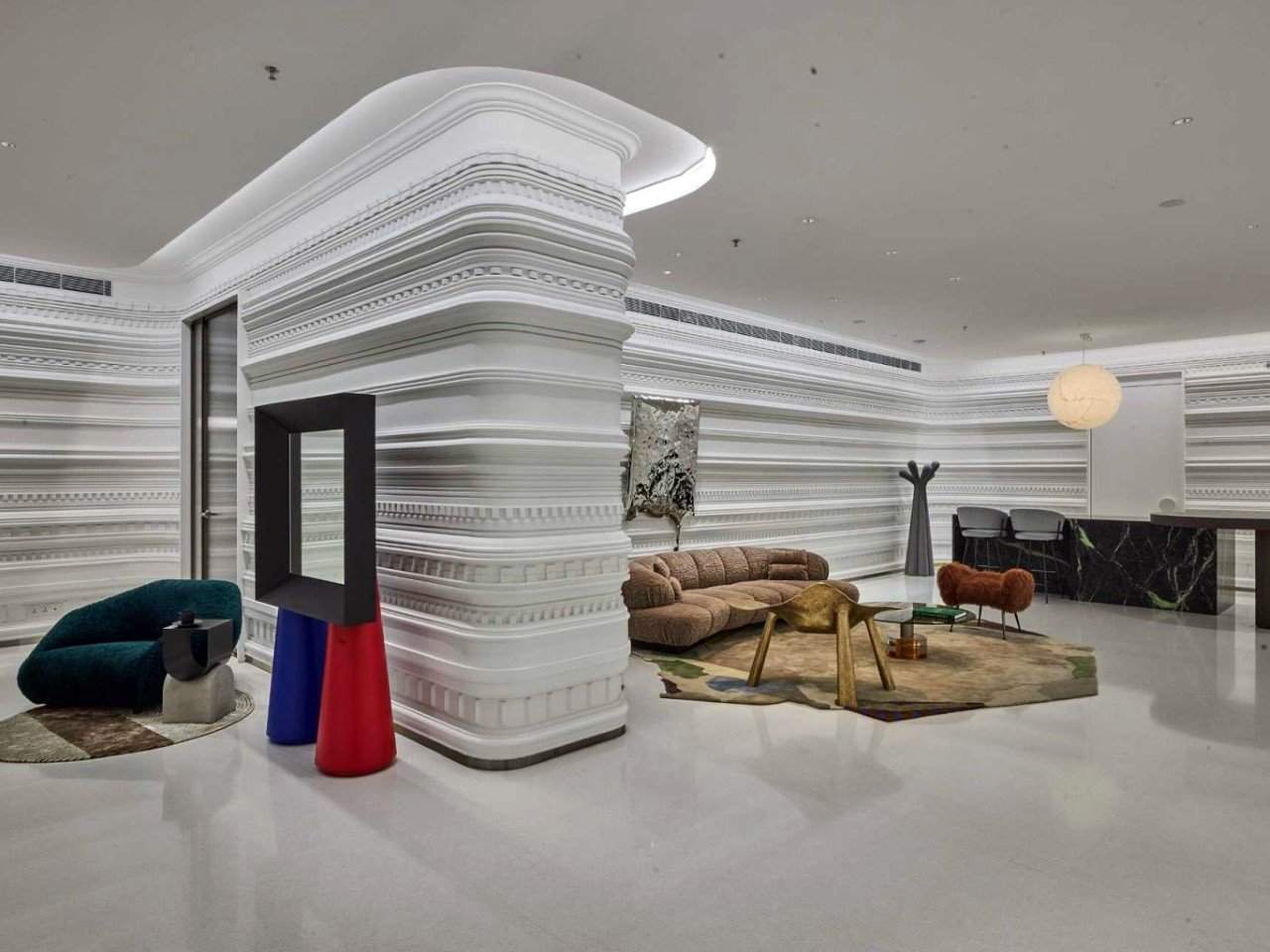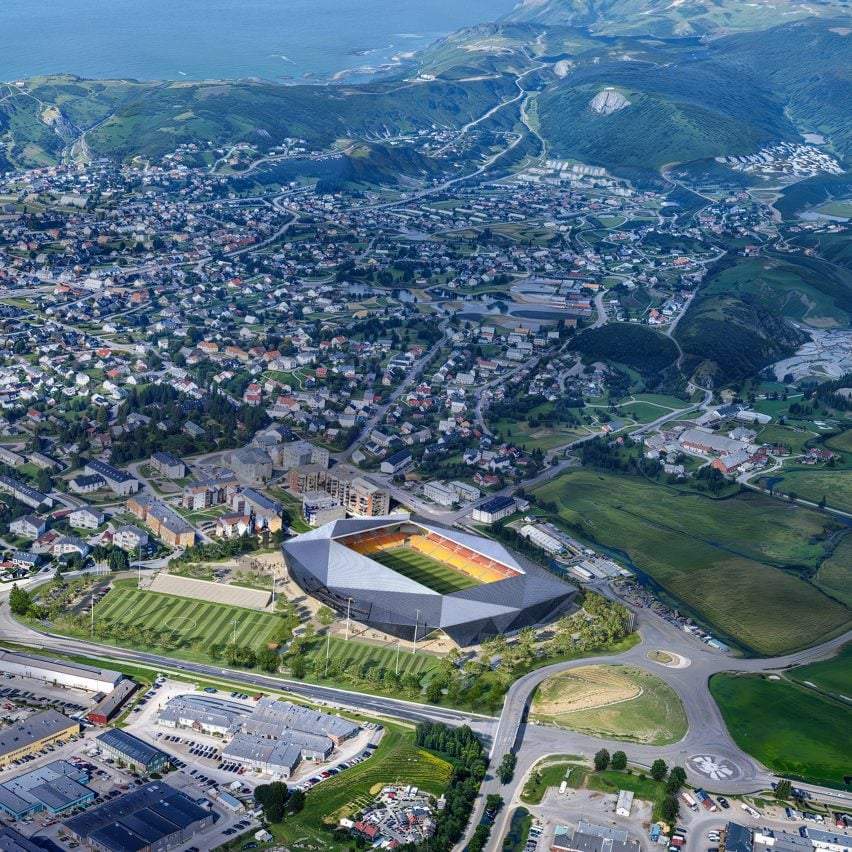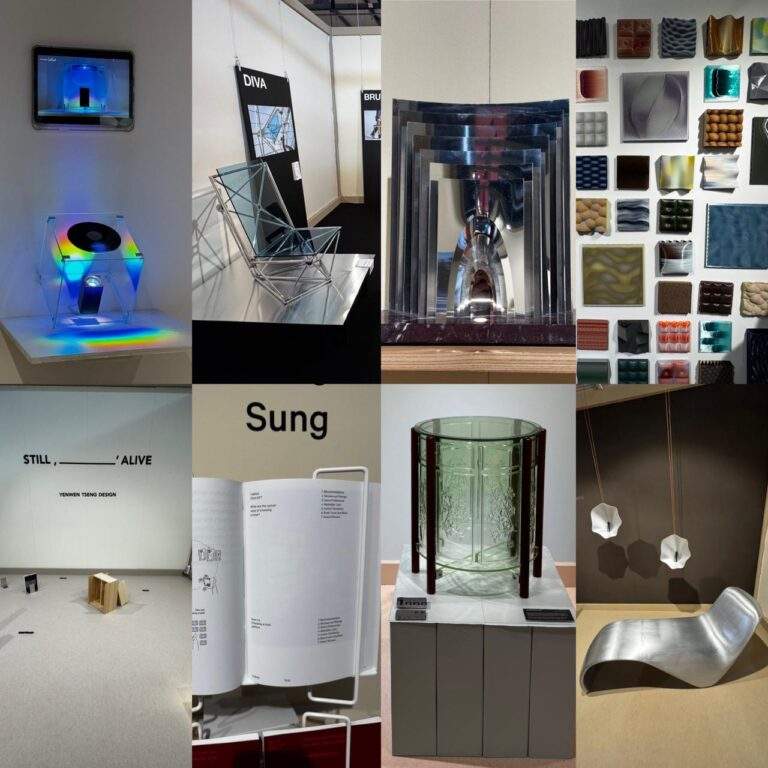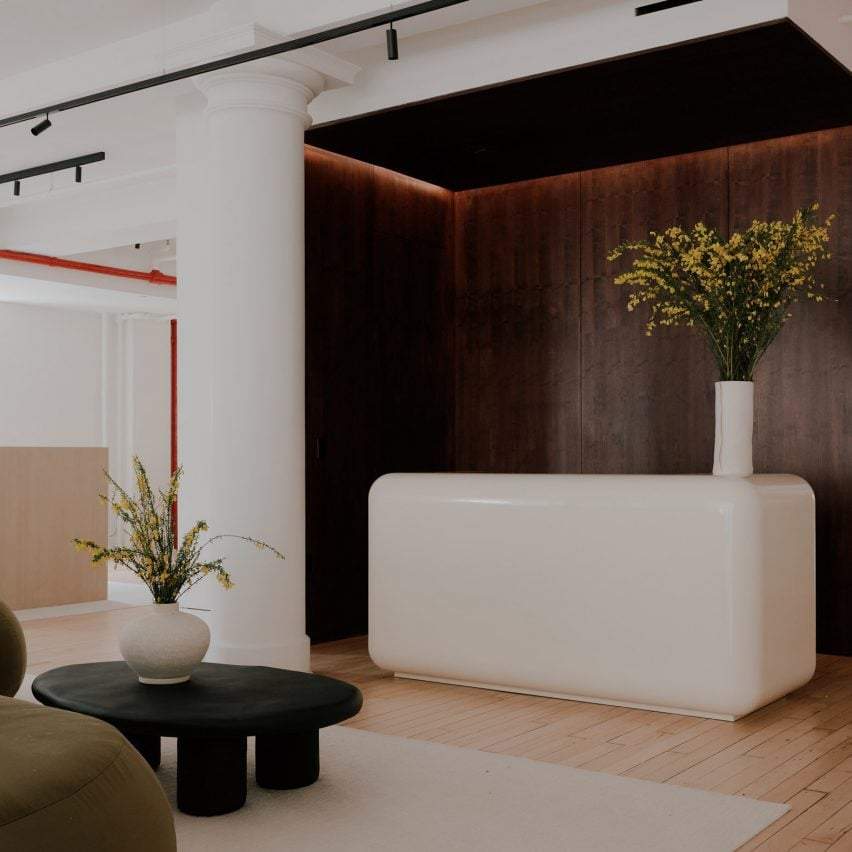Reviving Traditional Architecture in Contemporary SpacesExploring the ways of reviving heritage in contemporary design can bring new life to traditional architecture.
Intricate carvings in Indian architecture have long been associated with ancient temples and historical sites. These carvings carry narratives that reflect cultural and spiritual heritage. But how can these traditional elements adapt to modern architectural contexts without losing their aesthetic and symbolic value?
In an architectural exhibition in Kolkata, a unique model emerges. It showcases the seamless integration of historical patterns within contemporary spaces. The finely carved walls are not displayed as relics. Instead, they become part of the spatial experience. This prompts reflection on the role of heritage in shaping the visual identity of modern interiors.
The Interaction of Light and Shadow: A New Dimension of Ornamentation
One of the most striking aspects of this fusion between the old and the new is the thoughtful use of lighting. The strategic distribution of ceiling lights creates shifting gradients. This highlights intricate carvings and adds a dynamic quality to the interior space. This interplay of light and shadow is not merely aesthetic. It also echoes the philosophy of traditional architecture, which relied on natural light to enhance symbolic and geometric patterns.
Balancing Heritage and Modernity in Interior Design
Alongside the carved walls, contemporary furniture plays a crucial role in defining the space. The contrast between the traditional character of the walls and the sleek modernity of the furniture does not create conflict. Rather, it fosters a visual dialogue between past and present. This fusion transforms interior design into a reflection of architectural evolution. Heritage is not a static artifact but a living element capable of adapting to the present while preserving its roots.
This approach to blending traditional architecture with modern design raises broader questions about the role of cultural heritage in future urban environments. Can preserving identity be part of architectural innovation? And how can these techniques be applied in rapidly transforming cities?


Reinterpreting Historical Ornaments in Contemporary Architecture
Architectural embellishments in Indian temples have long been intertwined with religious narratives and ancient myths. These intricate carvings were more than mere decorations. They served as visual storytelling mediums, depicting deities and the passage of time. However, reviving these elements in modern contexts raises an essential question: How can the essence of heritage be preserved while granting it a contemporary dimension?
This exhibition offers a compelling answer. It reinterprets traditional carvings in an abstract manner. The focus shifts beyond religious symbolism to emphasize visual rhythm, geometric symmetry, and a sense of movement. This approach transforms ornaments from static heritage motifs into a dynamic design language. It harmonizes authenticity with modernity.
The Dialectic of Tradition and Modernity in Design
Achieving harmony between traditional aesthetics and modern architectural trends is a complex challenge. Preserving the spirit of ancient motifs without making them feel out of place in a contemporary space requires a keen creative vision. There must be an ability to adapt heritage to fit modern visual paradigms. Abin Design Studio has masterfully achieved this balance. Their design philosophy does not merely draw inspiration from the past but reinterprets it. It seamlessly integrates with the present while maintaining its core essence.
This approach not only redefines the relationship between traditional and contemporary architecture. It also raises broader questions about how heritage elements can be woven into modern spaces. It challenges conventional boundaries by exploring the potential of merging traditional craftsmanship with architectural innovation for the future.


The Role of Materials in Reviving Traditional Architecture Within Contemporary Design
Walking through this exhibition reveals a deeper dimension beyond mere visual aesthetics. The walls are not just decorative elements. They serve as architectural narratives, inviting visitors to rethink the role of cultural heritage within modern design spaces.
Material as an Expressive Medium
The choice of Plaster of Paris (POP) was not merely a technical decision. It was a carefully considered selection that aligns with the exhibition’s design philosophy. This material, with its flexible properties, allows for intricate and detailed craftsmanship. It is ideal for reinterpreting historical architectural motifs with a modern sensibility. Moreover, the textured surface of plaster, with its organic, handcrafted feel, revives the essence of traditional temple carvings while maintaining a contemporary edge.
Sensory Interaction with Material and Design
What sets this approach apart is its emphasis on tactile experience. The design is not limited to visual appreciation alone. It extends to the physical sensation of touching the carved walls and observing the shifting shadows as light interacts with the surfaces. This fusion of traditional technique with modern architectural expression deepens the connection between people and space. It makes the design more immersive both culturally and sensorially.
This approach raises broader questions about the integration of traditional materials into contemporary designs. How can modern architecture preserve the essence of craftsmanship without losing its abstract and progressive character?
🔗 Read also:


Reviving Heritage in the Language of Contemporary Design
The design approach of this exhibition reflects a growing trend in architecture and interior design. In this trend, cultural heritage is not viewed as a separate relic of the past. Instead, it is seen as an evolving force that continuously redefines visual identity in modern contexts.
Architectural Heritage with a Renewed Vision
The concept goes beyond the conventional perception of architectural ornamentation as static historical elements. These motifs become a dynamic part of contemporary design language. By reimagining traditional temple patterns within a modern space, heritage transforms. It changes from a preserved memory in stone into a living, adaptable entity that evolves with the needs of the present.
Design as a Bridge Between Past and Future
What sets this approach apart is the delicate balance between authenticity and innovation. Rather than merely replicating the past, it reinterprets it. It integrates heritage seamlessly into contemporary design. This fusion highlights the flexibility of architectural identity. It also raises broader questions about how historical elements can enrich modern spaces without compromising the distinct essence of either.
Great design, then, is not simply a choice between old and new. It is a thoughtful integration that revives aesthetic and historical values. This ensures their relevance in both the present and the future.


🔗 Read also:







